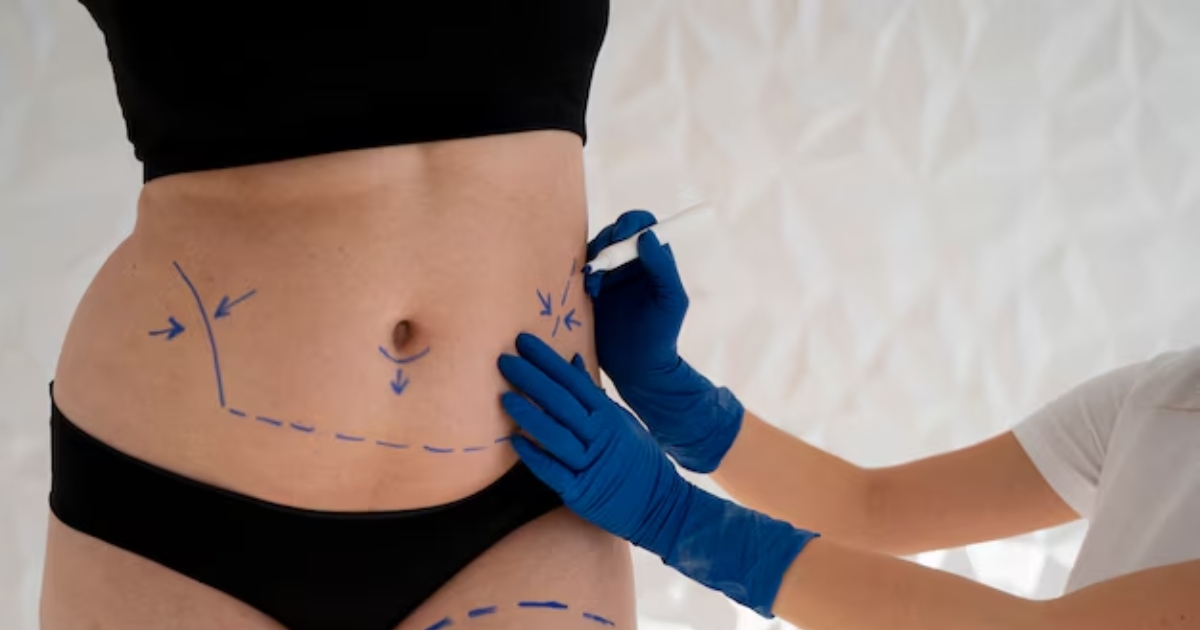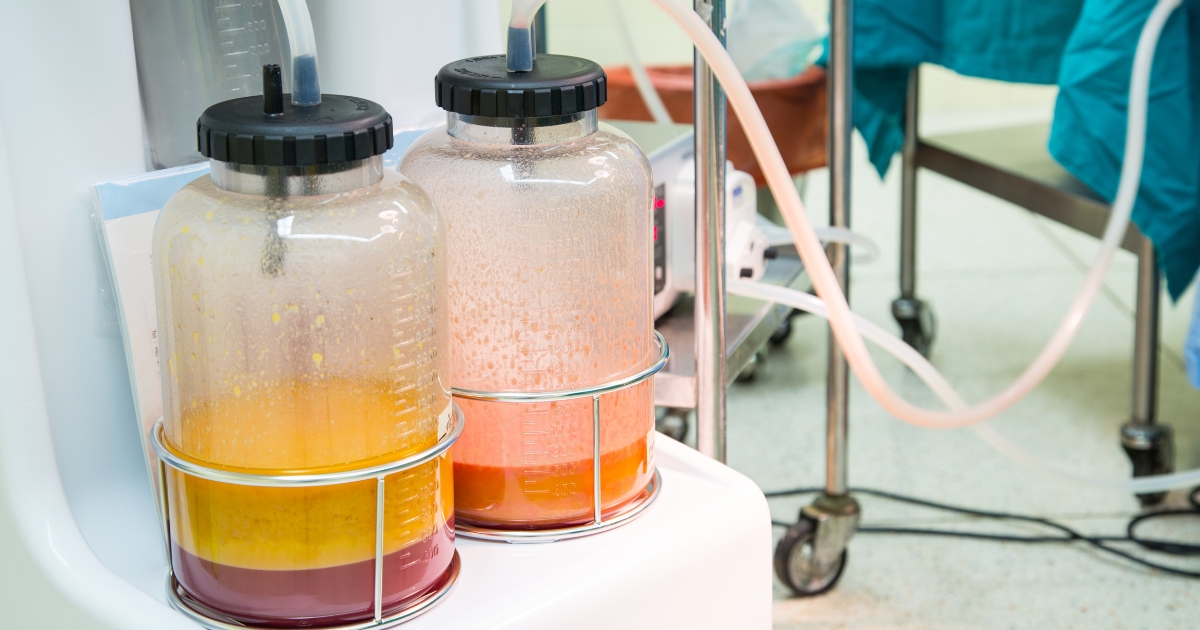Can Liposuction Be Done Without Anesthesia or Surgery
The Role of Anesthesia in Liposuction
Traditional liposuction typically involves the use of anesthesia to ensure patient comfort and safety. Anesthesia can be local, regional, or general, depending on the extent of the procedure and the patient’s health. Local anesthesia numbs a specific area, while general anesthesia renders the patient unconscious.
- Local Anesthesia: Used for small areas, allowing the patient to remain awake.
- General Anesthesia: Used for extensive procedures, ensuring the patient feels no pain.
Surgical Techniques in Conventional Liposuction
Conventional liposuction involves making small incisions through which a cannula is inserted to suction out fat. This surgical technique requires precision and skill to avoid complications and achieve desired results.
- Incisions: Small cuts made in the skin.
- Cannula: A thin tube used to remove fat.
- Suction: The process of extracting fat cells.
Non-Surgical Alternatives to Traditional Liposuction 
Coolsculpting and Cryolipolysis
Coolsculpting, also known as cryolipolysis, is a non-surgical fat reduction technique that uses cold temperatures to freeze and destroy fat cells. This method is FDA-approved and has gained popularity due to its non-invasive nature.
- Procedure: Fat cells are frozen and naturally eliminated by the body.
- Recovery: Minimal downtime, with most patients resuming normal activities immediately.
Ultrasound-Assisted Fat Reduction
Ultrasound-assisted fat reduction uses sound waves to break down fat cells, which the body then naturally processes. This technique is noninvasive and can target specific areas of fat.
- Procedure: Ultrasound waves disrupt fat cells.
- Effectiveness: Visible results after a few sessions.
Radiofrequency Treatments for Fat Reduction
Radiofrequency treatments use heat to target and reduce fat cells. This method also stimulates collagen production, improving skin tightness and texture.
- Procedure: Heat energy penetrates the skin to break down fat.
- Benefits: Dual effect of fat reduction and skin tightening.
Minimally Invasive Liposuction Techniques
Tumescent Liposuction with Local Anesthesia
Tumescent liposuction involves injecting a large volume of diluted local anesthesia into the fatty tissue before suctioning it out. This technique minimizes blood loss and reduces the need for general anesthesia.
- Procedure: Local anesthesia is injected, followed by fat removal.
- Safety: Lower risk compared to general anesthesia.
Laser-Assisted Liposuction (SmartLipo)
Laser-assisted liposuction, or SmartLipo, uses laser energy to liquefy fat before it is suctioned out. This method is less invasive and can result in quicker recovery times.
- Procedure: Laser energy liquefies fat cells.
- Recovery: Faster healing compared to traditional liposuction.
Water-Assisted Liposuction (WAL)
Water-assisted liposuction uses a gentle stream of water to dislodge fat cells, which are then suctioned out. This technique is less traumatic to the surrounding tissues.
- Procedure: Water jet loosens fat cells.
- Benefits: Reduced tissue damage and quicker recovery.
Is Liposuction Without Anesthesia Safe
Risks and Complications of Anesthesia-Free Procedures
While avoiding anesthesia can reduce certain risks, it also introduces new challenges. Pain management becomes crucial, and there is a potential for increased discomfort during the procedure.
- Pain: Higher levels of discomfort without anesthesia.
- Complications: Risk of incomplete fat removal due to patient movement.
Pain Management During Liposuction Without General Anesthesia
Effective pain management strategies are essential for procedures without general anesthesia. Local anesthesia, sedation, and pain relief medications can help manage discomfort.
- Local Anesthesia: Numbs the targeted area.
- Sedation: Helps relax the patient.
- Pain Relief: Medications to manage post-procedure pain.
Comparing Results of Non-Surgical vs. Surgical Liposuction
Effectiveness in Fat Reduction
Both non-surgical and surgical liposuction methods are effective in reducing fat, but the results can vary. Surgical liposuction typically offers more dramatic results, while non-surgical methods provide gradual improvements.
- Surgical Liposuction: More immediate and noticeable results.
- Non-Surgical Methods: Gradual fat reduction over multiple sessions.
Recovery Time and Post-Procedure Care
Recovery times differ significantly between surgical and non-surgical liposuction. Non-surgical methods generally have shorter recovery periods and fewer post-procedure restrictions.
- Surgical Liposuction: Longer recovery with potential for swelling and bruising.
- Non-Surgical Methods: Minimal downtime and quicker return to daily activities.
Candidacy for Non-Surgical and Minimally Invasive Liposuction
Ideal Candidates for Non-Surgical Fat Reduction
Non-surgical fat reduction is perfect for individuals looking to target small to moderate pockets of stubborn fat that haven’t responded to diet and exercise. This option offers a gradual, natural-looking improvement without the need for surgery.
- Criteria: Best suited for those with small to moderate fat deposits.
- Expectations: Enjoy a steady fat reduction over time, with minimal downtime.
Who Should Consider Traditional Liposuction
Traditional liposuction is an excellent choice for those looking for a more immediate, noticeable transformation. Ideal for individuals with larger fat deposits, this procedure delivers dramatic results and is great for those who are comfortable with surgery and anesthesia.
- Criteria: Ideal for those with larger fat deposits who want faster, more significant results.
- Expectations: Experience a more prominent fat reduction, with a short recovery period required.
Cost Comparison Surgical vs. Non-Surgical Fat  Reduction
Reduction
Average Costs of Traditional Liposuction
The cost of traditional liposuction varies based on the extent of the procedure and the surgeon’s expertise. On average, it ranges from ,000 to ,000 per area treated.
- Factors: Extent of procedure, surgeon’s fees.
- Average Cost: ,000 to ,000 per area.
Pricing for Non-Surgical Alternatives
Non-surgical fat reduction methods are generally less expensive than traditional liposuction. Depending on the technique used and the number of sessions required, the cost can range from ,500 to ,000 per session.
- Factors: Technique used, number of sessions.
- Average Cost: ,500 to ,000 per session.
Long-Term Results and Maintenance
Sustainability of Non-Surgical Fat Reduction
Non-surgical fat reduction methods can provide long-term results if combined with a healthy lifestyle. However, multiple sessions may be needed to achieve and maintain desired outcomes.
- Maintenance: Healthy diet and regular exercise.
- Sessions: Multiple treatments for optimal results.
Maintaining Results After Liposuction
Maintaining results after liposuction requires a commitment to a healthy lifestyle. Regular exercise and a balanced diet are essential to prevent the return of fat in treated areas.
- Lifestyle: Healthy eating and physical activity.
- Follow-Up: Regular check-ups with your surgeon.
Technological Advancements in Liposuction 
Emerging Non-Invasive Fat Reduction Techniques
New technologies are continually emerging in the field of non-invasive fat reduction. Techniques like high-intensity focused ultrasound (HIFU) and cryo-electrophoresis are showing promise in clinical trials.
- HIFU: Uses focused ultrasound energy to target fat cells.
- Cryo-Electrophoresis: Combines cold and electrical currents for fat reduction.
Future of Anesthesia-Free Liposuction
With ongoing technological advancements, the future of anesthesia-free liposuction looks promising . Researchers are exploring new methods to make fat reduction procedures more comfortable and effective without the need for anesthesia. Liposuction medical necessity Doctors may recommend liposuction when excess fat causes health problems or when other weight loss methods have not worked
Surgical fat removal is a medical procedure to take out extra fat from the body Doctors use special tools during Pneumatic fat removal uses air pressure to suck out unwanted fat from the body It is a quick way to remove fat without surgery or cutting the skin
Liposuction ineffective hipshape means removing fat from hips doesn’t always give the desired shape Some people may still have uneven hips after Alcohol post liposuction Drinking alcohol after liposuction can slow down healing and cause more swelling Doctors usually tell patients to avoid alcohol for a few weeks after the surgery to help recovery
- Innovations: New techniques to enhance patient comfort.
- Research: Continuous improvements in non-invasive methods.
Stats
- According to the American Society of Plastic Surgeons, liposuction was the second most popular cosmetic surgical procedure in 2020, with 211,067 procedures performed. (Source: American Society of Plastic Surgeons )
- The global non-invasive fat reduction market size was valued at USD 1.1 billion in 2020 and is expected to grow at a compound annual growth rate (CAGR) of 16.1% from 2021 to 2028. (Source: NCBI )
- A study published in the Aesthetic Surgery Journal found that 61.3% of patients who underwent non-surgical fat reduction treatments were satisfied with their results. (Source: Aesthetic Surgery Journal )
FAQ’s
Can you be awake during liposuction?
Yes, you can be awake during liposuction if local anesthesia is used. This method numbs the specific area being treated, allowing you to remain conscious and comfortable throughout the procedure.
What is the least invasive form of liposuction?
The least invasive form of liposuction is non-surgical fat reduction techniques like Coolsculpting or ultrasound-assisted fat reduction. These methods do not require incisions or anesthesia, making them less invasive.
How painful is liposuction without anesthesia?
Liposuction without anesthesia can be painful, as the procedure involves the physical removal of fat cells. However, local anesthesia and pain management strategies can help minimize discomfort.
Are there any non-surgical alternatives to liposuction?
Yes, there are several non-surgical alternatives to liposuction, including Coolsculpting, ultrasound-assisted fat reduction, and radiofrequency treatments. These methods offer fat reduction without the need for surgery or anesthesia.



